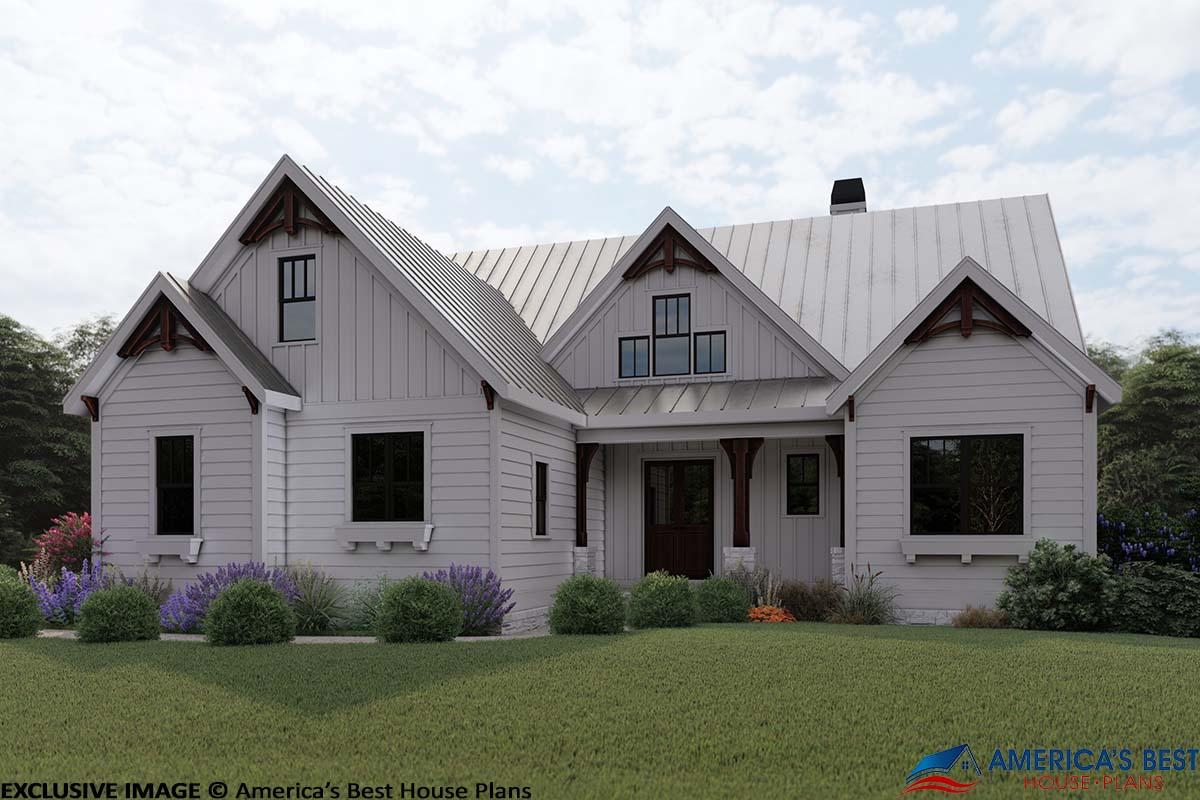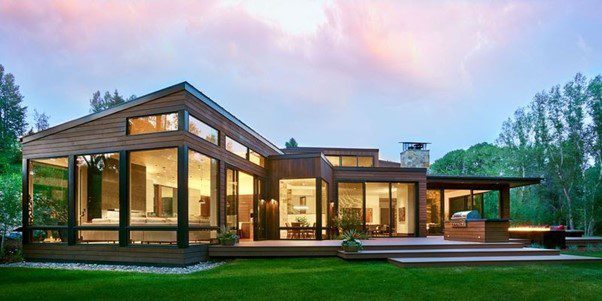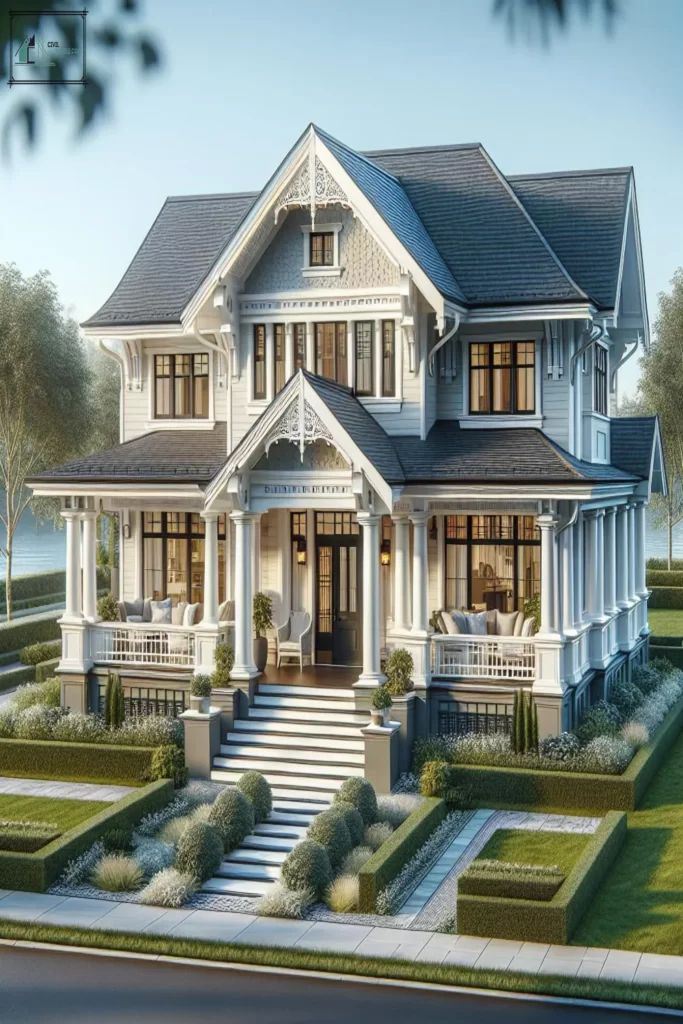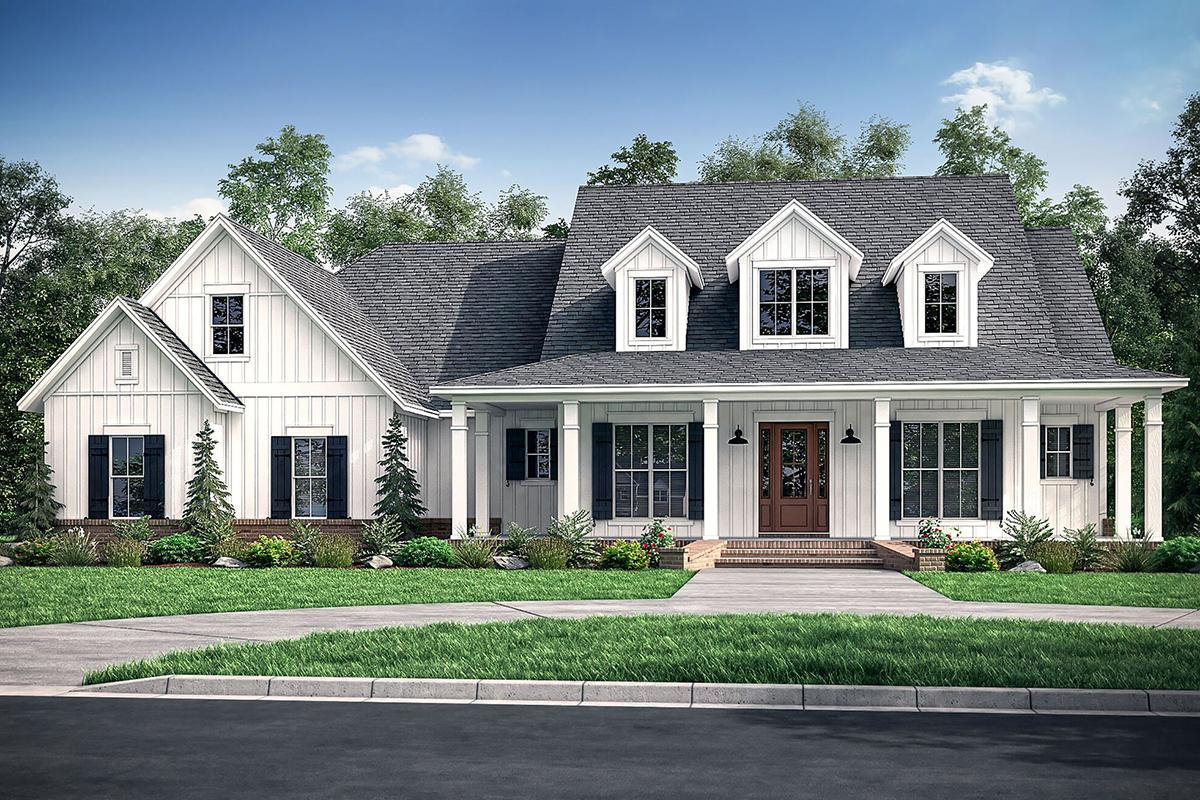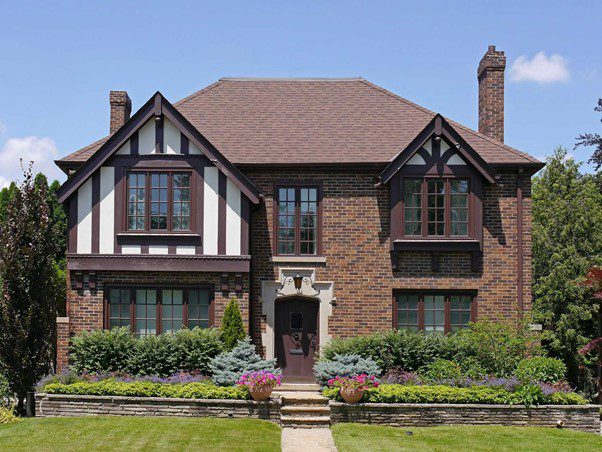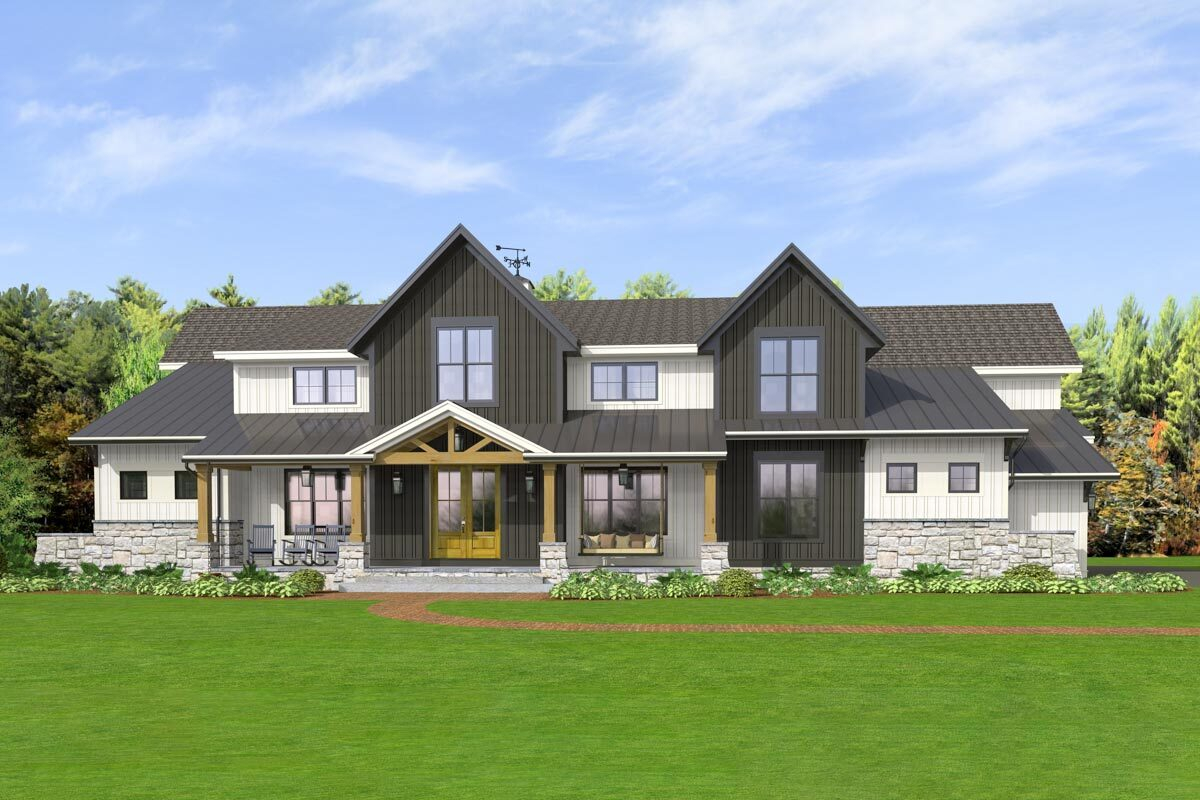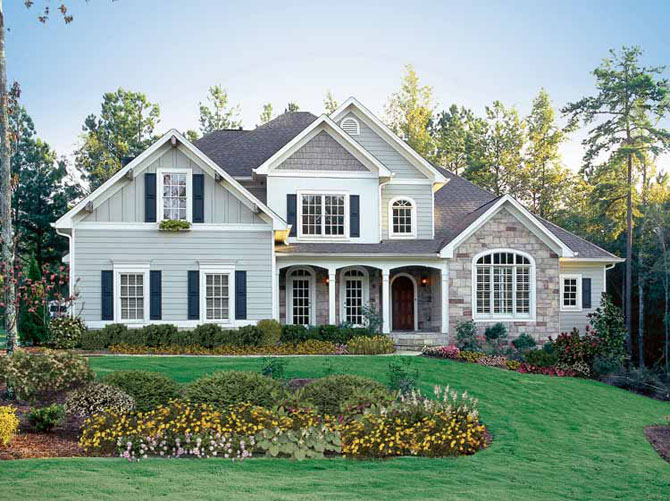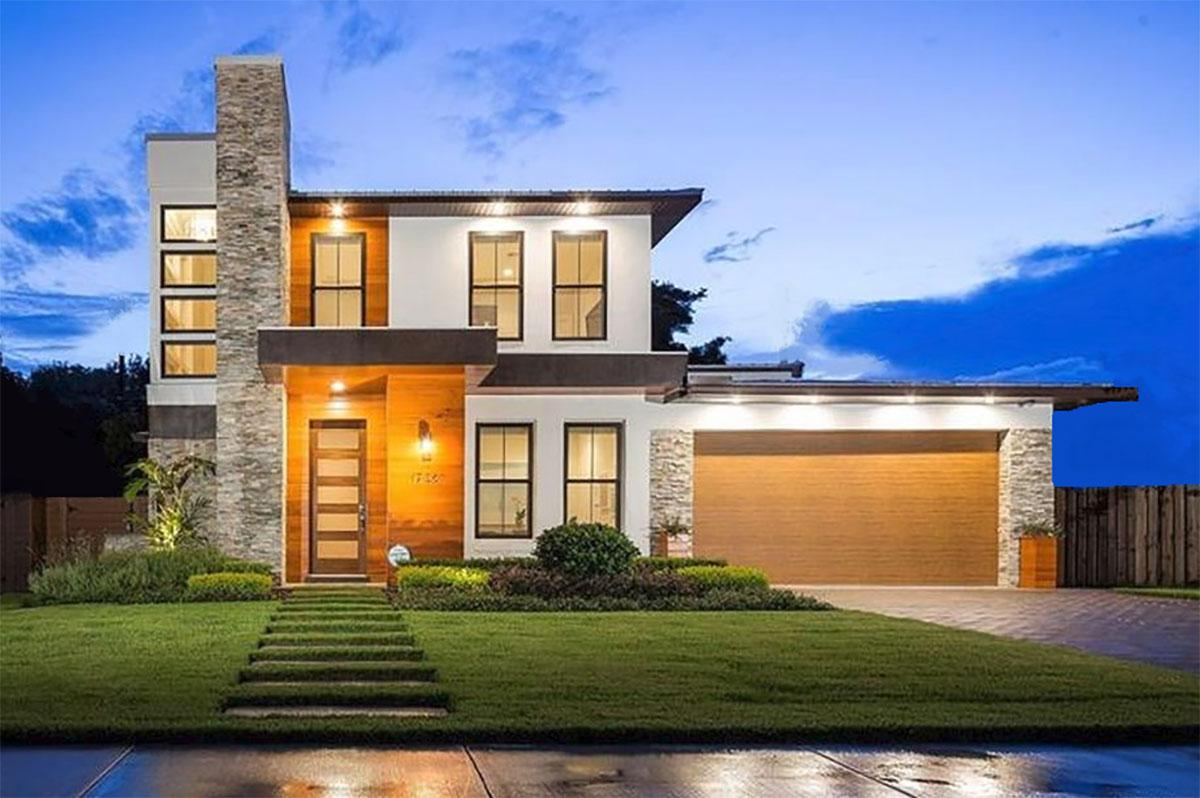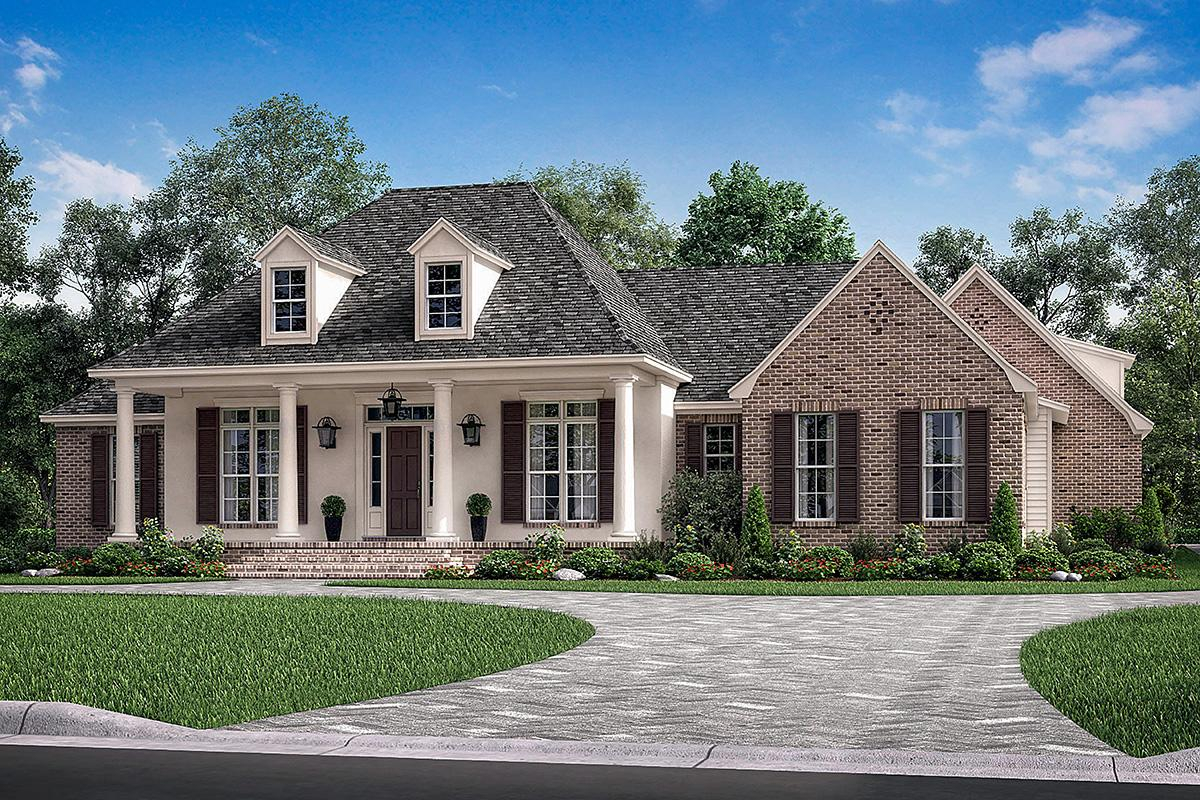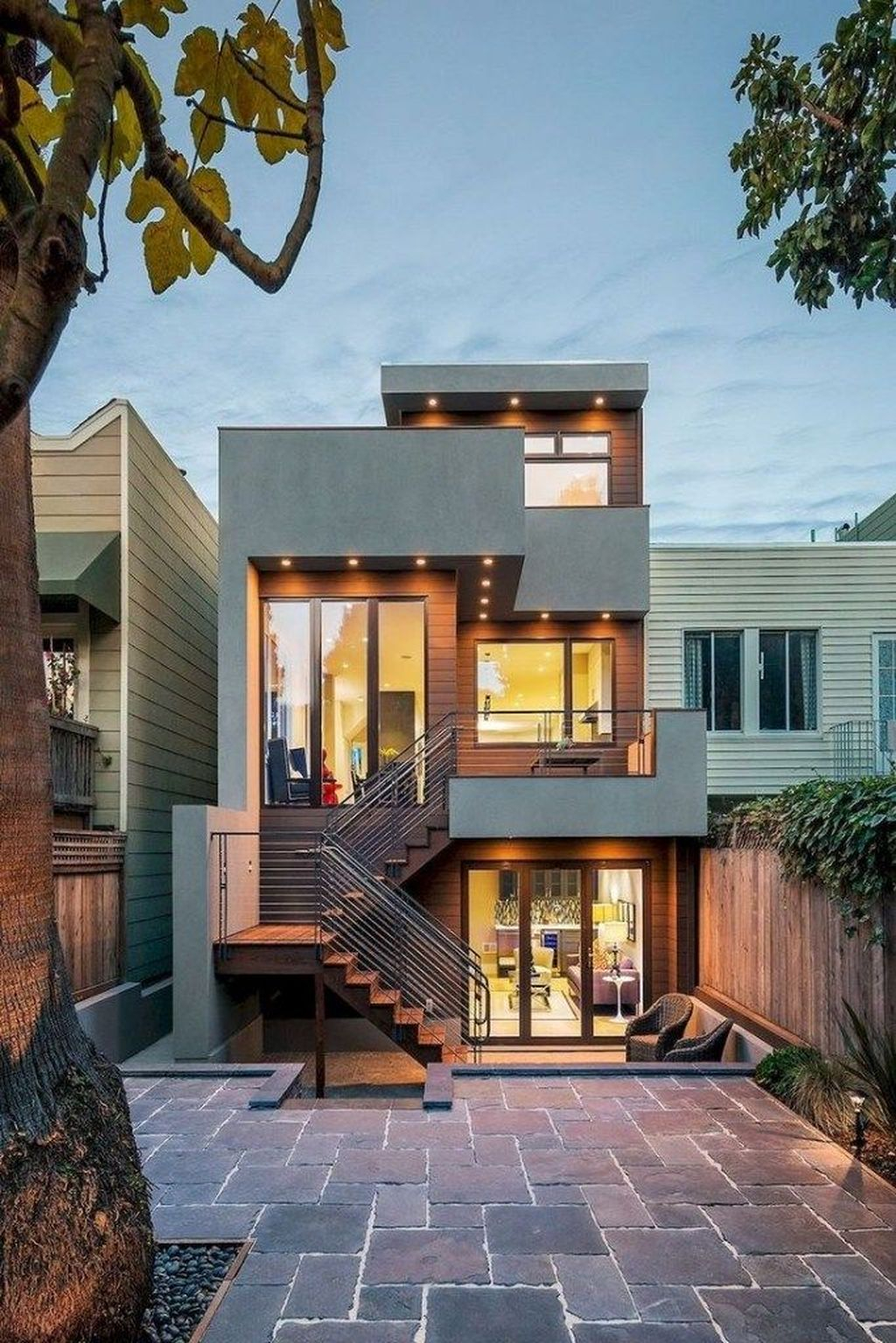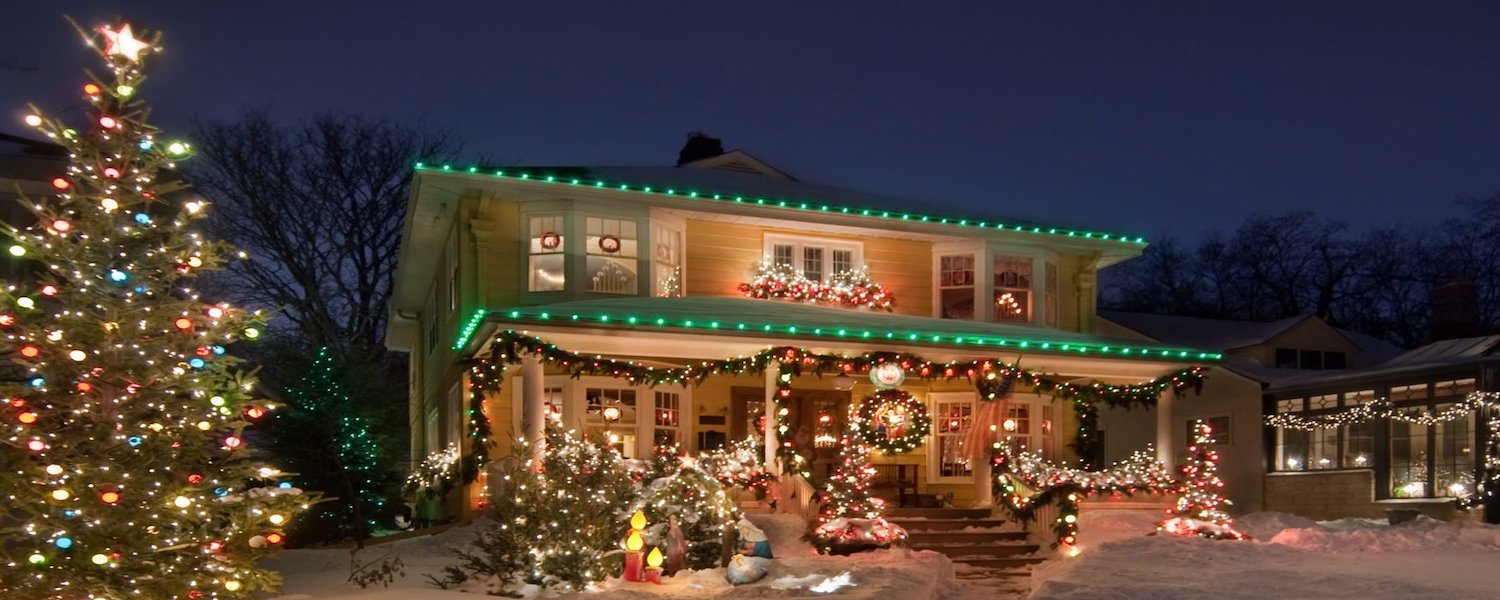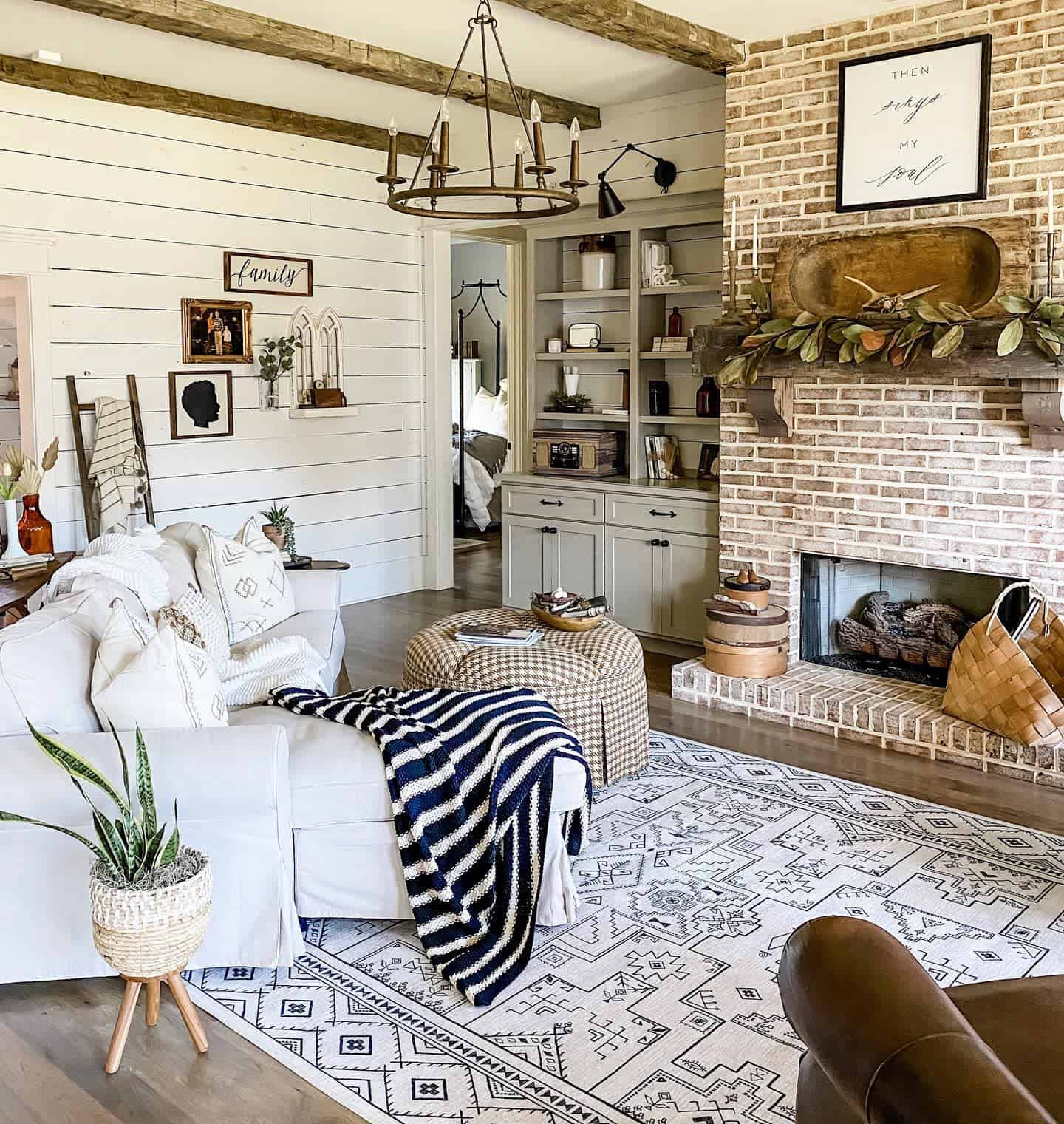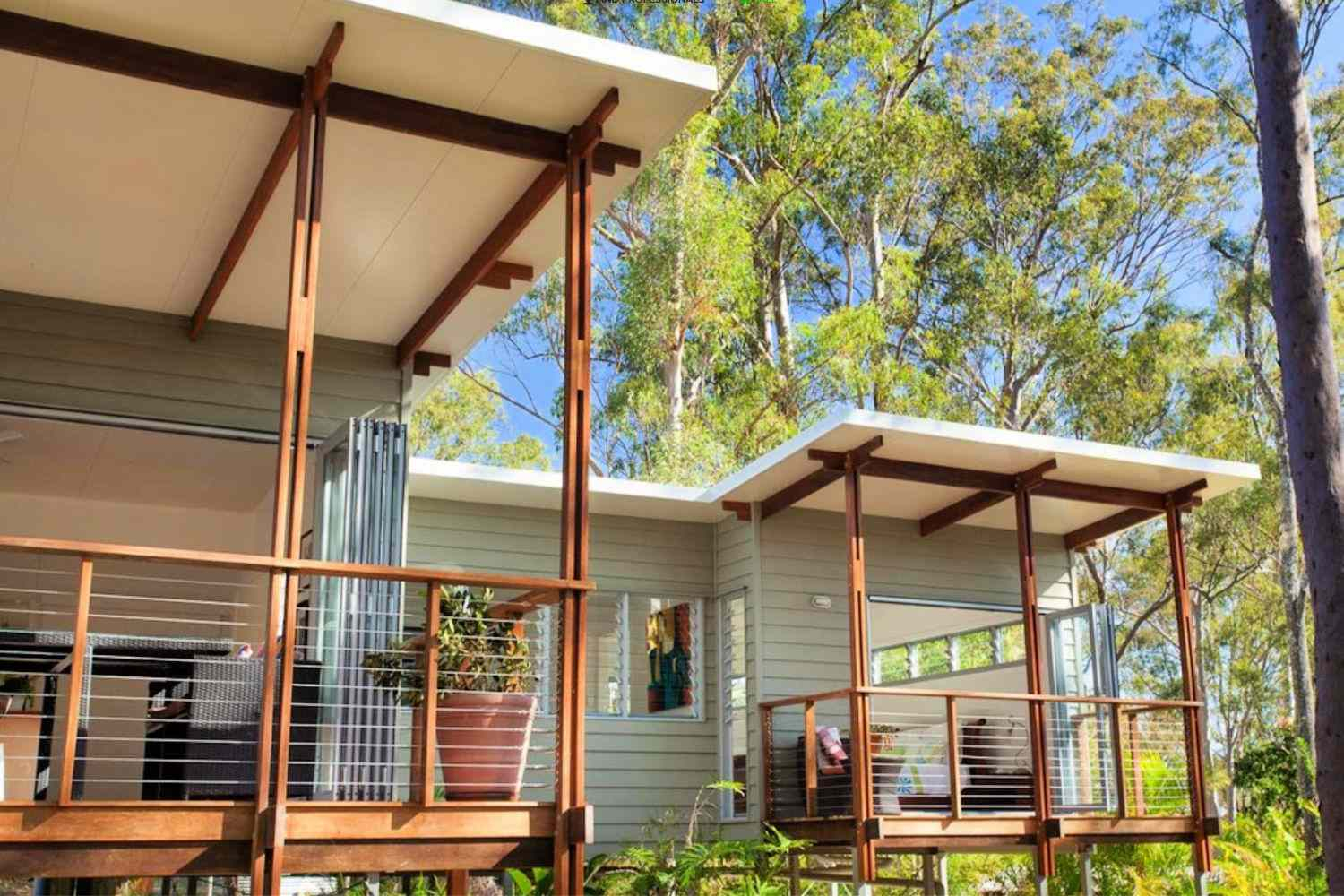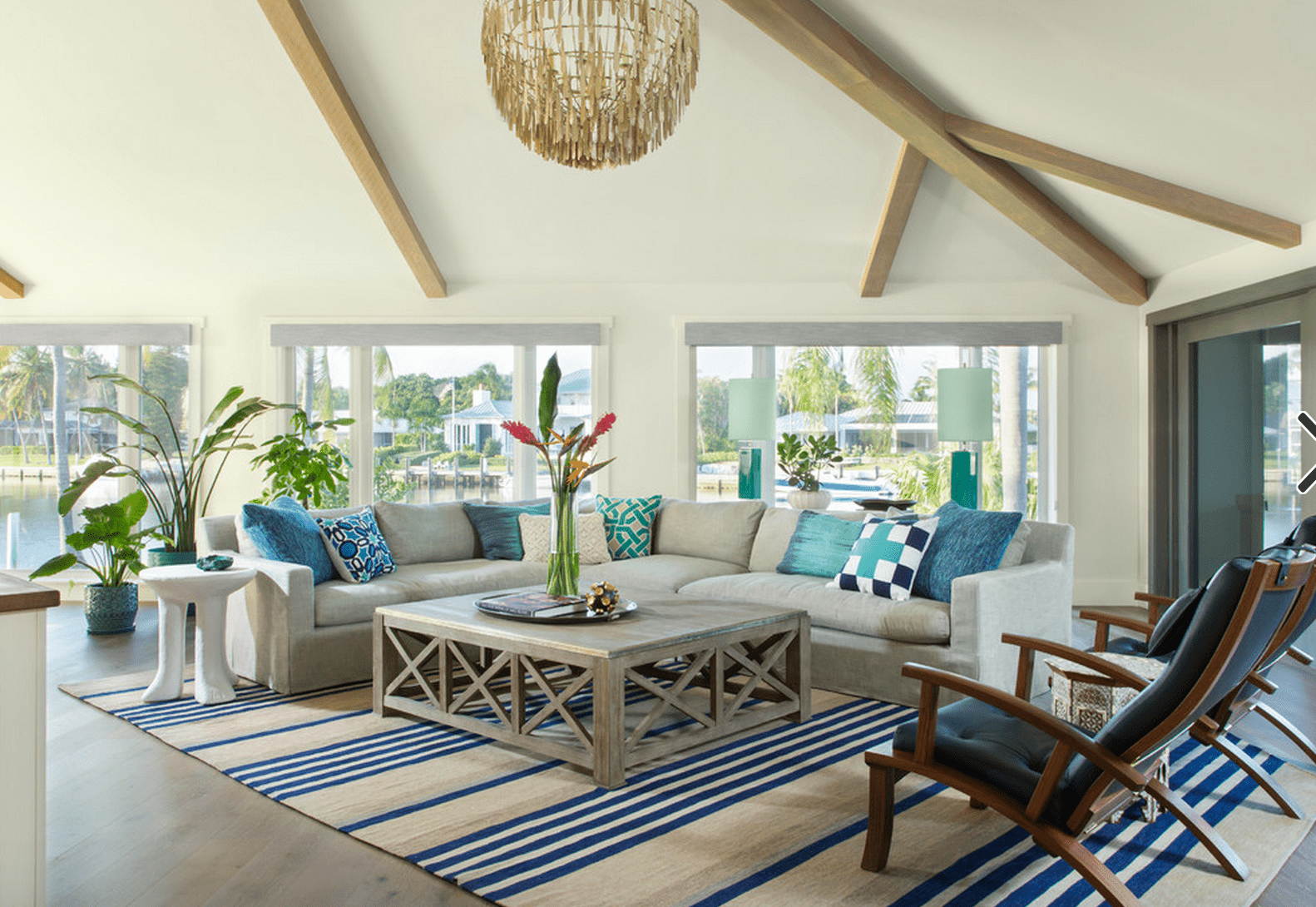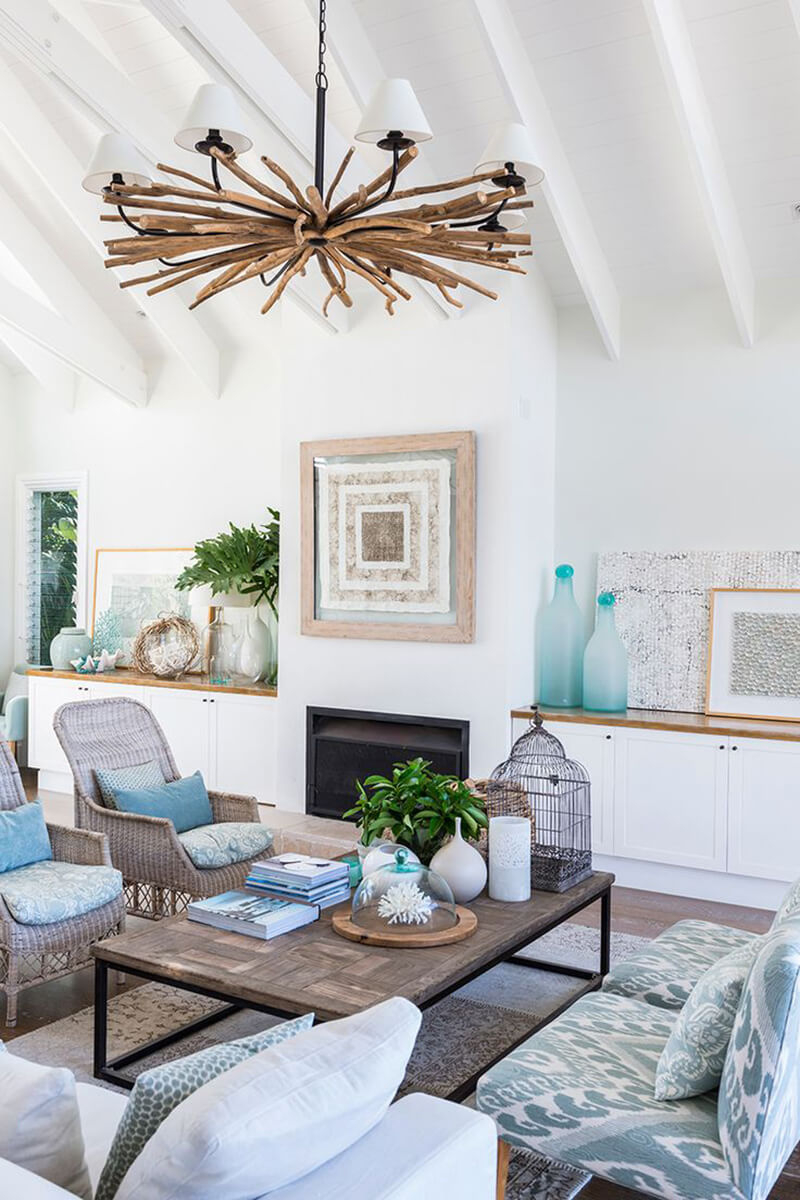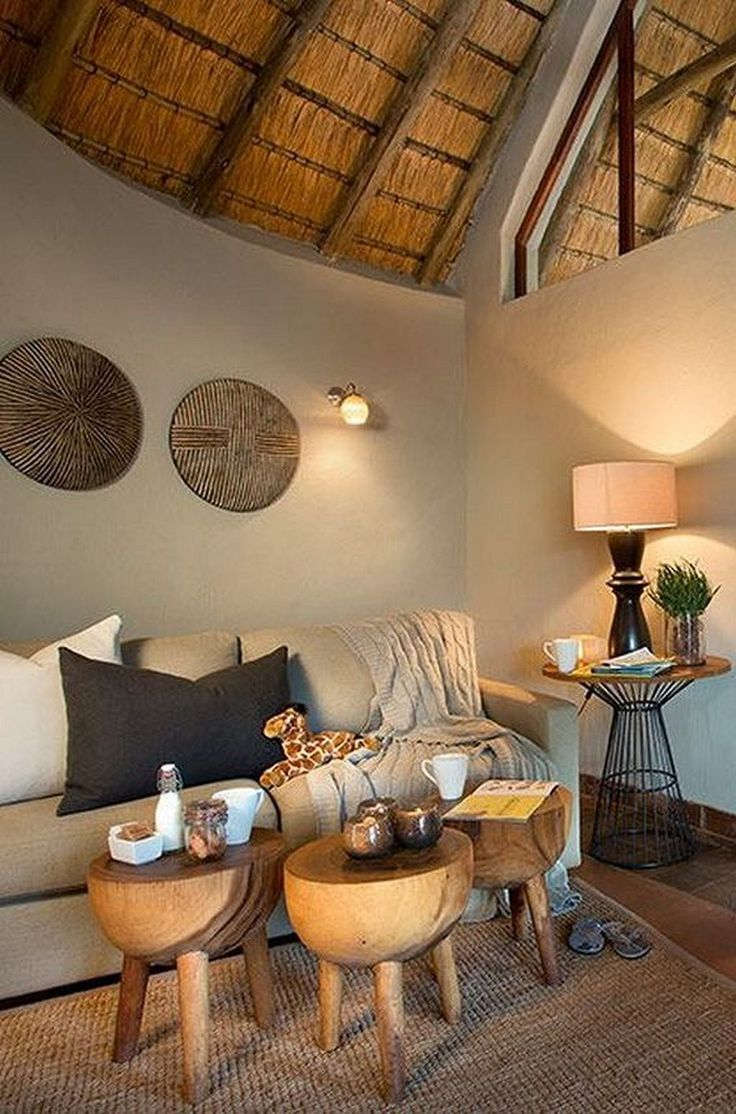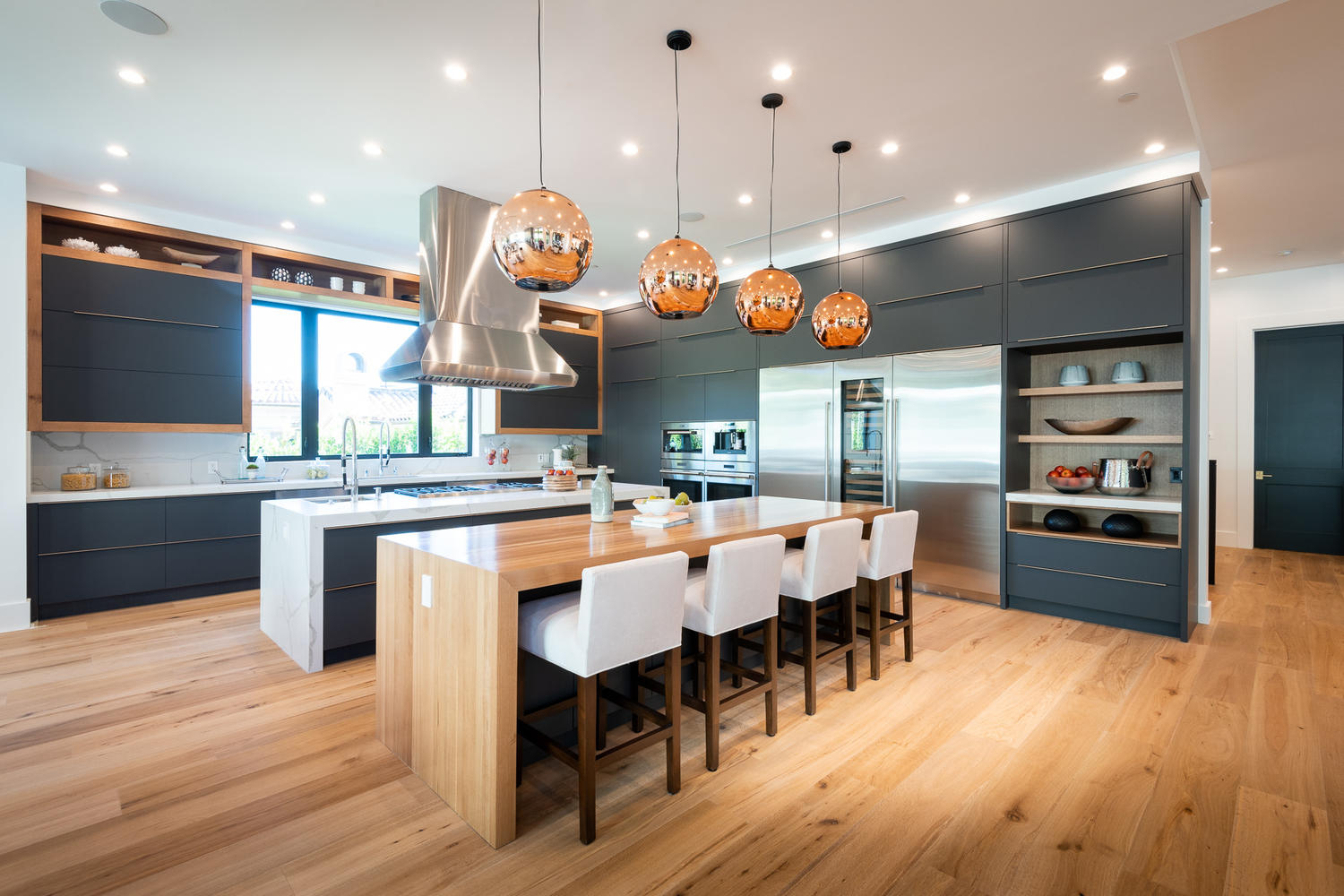Ever glanced at a historic home and wondered about its story? Or admired the sturdy, welcoming feel of a Craftsman bungalow? American homes are more than just structures; they’re living testaments to our history, our aspirations, and our changing tastes. This exploration delves into the fascinating shifts in American home aesthetics, from the practical beginnings of Colonial dwellings to the enduringly popular Craftsman movement.
Think about the houses you’ve seen throughout your life. From the simple, sturdy structures of early settlers to the more ornate Victorian mansions and the cozy, built-to-last Craftsman homes, each style tells a story. These architectural shifts aren’t random; they’re deeply intertwined with the nation’s development, its economic prosperity, its social values, and even its relationship with nature and craftsmanship. We’ll embark on a journey, starting with the foundational Colonial period and moving through significant stylistic changes that have shaped the American residential landscape.
Early Colonial: Practicality Meets Puritan Simplicity
When the first Europeans arrived, building materials and methods were dictated by necessity and the available resources. Early Colonial homes, particularly in New England, were characterized by their straightforward design. Think simple, rectangular floor plans, often with a central fireplace that served as the heart of the home. Materials like wood, stone, and brick were used, depending on the region. These homes were built for survival and function – they needed to be warm in winter and sturdy against the elements. While seemingly basic, there was an inherent beauty in their unadorned honesty and the visible craftsmanship of timber framing and hand-hewn logs. You’d often find smaller windows to conserve heat, and a steeply pitched roof to shed snow. It was a style born of resilience and resourcefulness, setting the stage for future developments.
Georgian and Federal: A Touch of European Elegance
As the colonies grew and prospered, so did their architectural ambitions. The Georgian style, popular in the 18th century, brought a more formal and symmetrical elegance, inspired by classical Roman and Greek architecture. These homes often featured balanced facades, prominent doorways with decorative pediments, and multi-paned sash windows arranged symmetrically. Think of stately brick homes with a strong, ordered presence. Following the Revolution, the Federal style emerged, characterized by lighter, more delicate ornamentation, often incorporating neoclassical motifs like urns and swags. While still maintaining a sense of order, Federal homes felt a bit more airy and refined than their Georgian predecessors. This period shows a clear desire to align American aesthetics with the sophisticated tastes of Europe, reflecting a growing national identity and a burgeoning upper class.
The Victorian Era: Eclecticism and Ornamentation Reigns
The 19th century, especially the Victorian era, was a time of immense change and industrialization, and this was reflected dramatically in home design. Forget the symmetry of Georgian; Victorian homes embraced eclecticism and a love for ornamentation. Styles like Gothic Revival, Italianate, Queen Anne, and Stick Style all fall under the broad Victorian umbrella. You’ll see steep gables, decorative gingerbread trim, turrets, wrap-around porches, and a riot of textures and colors. These homes were often large and imposing, signifying wealth and status. They were a departure from the restrained elegance of earlier periods, showcasing a more expressive and sometimes flamboyant approach to domestic architecture. It was a period where individuality and personal expression were highly valued, and the home became a canvas for this.
The Arts and Crafts and Craftsman Movement: A Backlash to Industrialization
As a reaction against the perceived excesses and mass production of the Victorian era, the Arts and Crafts movement, and its American manifestation, the Craftsman style, gained significant traction in the late 19th and early 20th centuries. This was a celebration of craftsmanship, honest materials, and a connection to nature. Craftsman homes are known for their low-pitched roofs with wide, overhanging eaves, exposed rafters, large front porches often supported by sturdy, tapered columns, and an emphasis on natural materials like wood and stone. Inside, you’d find built-in cabinetry, fireplaces with prominent mantels, and an overall feeling of warmth and solidity. The focus was on quality, functionality, and a simpler, more grounded way of living. It was about celebrating the handmade and creating homes that felt integrated with their surroundings. Think of homes that feel solid, unpretentious, and deeply comfortable.
Key Elements Defining American Home Aesthetics
Across these diverse styles, certain elements consistently emerge as defining features of American home aesthetics:
- Materiality: The choice of materials – wood, brick, stone, glass – and how they are used tells a story about availability, technology, and prevailing tastes.
- Form and Proportion: Whether it’s the strict symmetry of Federal or the asymmetrical balance of Craftsman, the overall shape and proportions of a house are crucial to its identity.
- Ornamentation: The degree and type of decorative details, from the classical motifs of Georgian to the gingerbread of Victorian and the exposed joinery of Craftsman, signify cultural influences and economic status.
- Relationship to Site: How a house sits on its land, whether it’s integrated with the landscape or stands as a more formal statement, is a recurring theme.
- Functionality and Lifestyle: Architectural choices often reflect how people lived – the need for warmth in early homes, the desire for entertaining spaces in later periods, or the emphasis on family and nature in the Craftsman era.
The Enduring Appeal and Modern Interpretations
The styles we’ve discussed aren’t just relics of the past. Their influence continues to shape how we build and appreciate homes today. Many contemporary homes incorporate elements of these historical styles, reimagining them for modern living. A modern Craftsman might feature a more open floor plan or updated energy-efficient windows, but it retains that core sense of warmth and craftsmanship. Understanding these aesthetic evolutions gives us a deeper appreciation for the built environment around us. It’s a way to connect with the past, understand the present, and perhaps even envision the future of American home design. Each style offers a unique perspective on what makes a house a home.
From the humble beginnings of Colonial dwellings to the handcrafted charm of Craftsman homes, American home aesthetics offer a rich tapestry of history, culture, and evolving ideals. Each style, in its own way, reflects the times in which it was created and the people who inhabited them. By appreciating these architectural journeys, we gain a greater understanding of the nation’s story and the enduring desire to create spaces that are not only shelters but also reflections of our lives and values. So, the next time you pass a historic home, take a moment to consider its aesthetic, its story, and its place in the grand narrative of American design.

